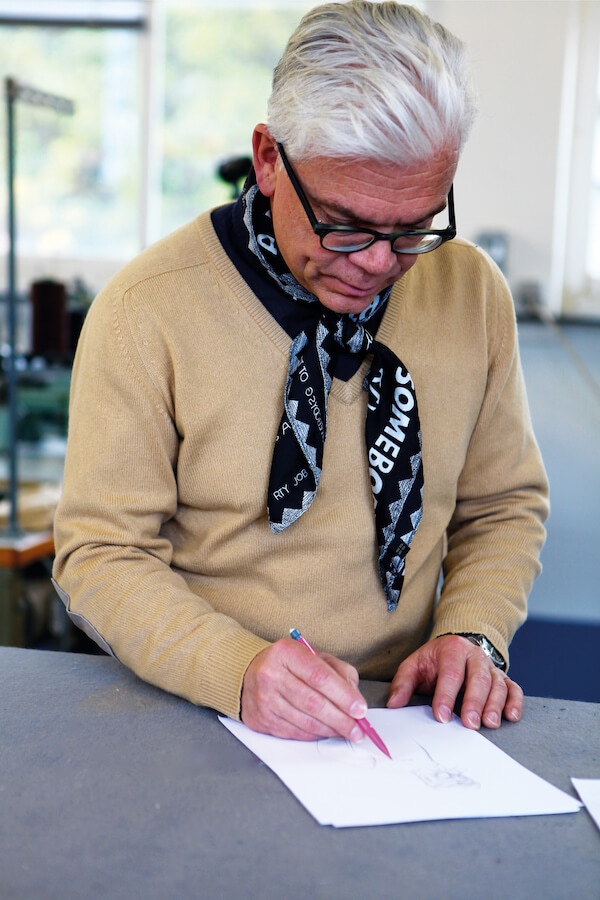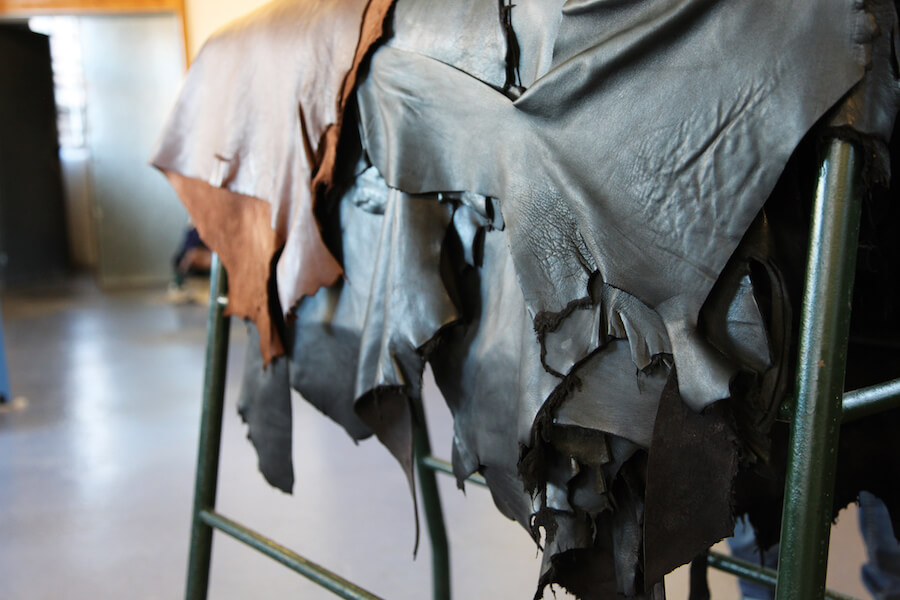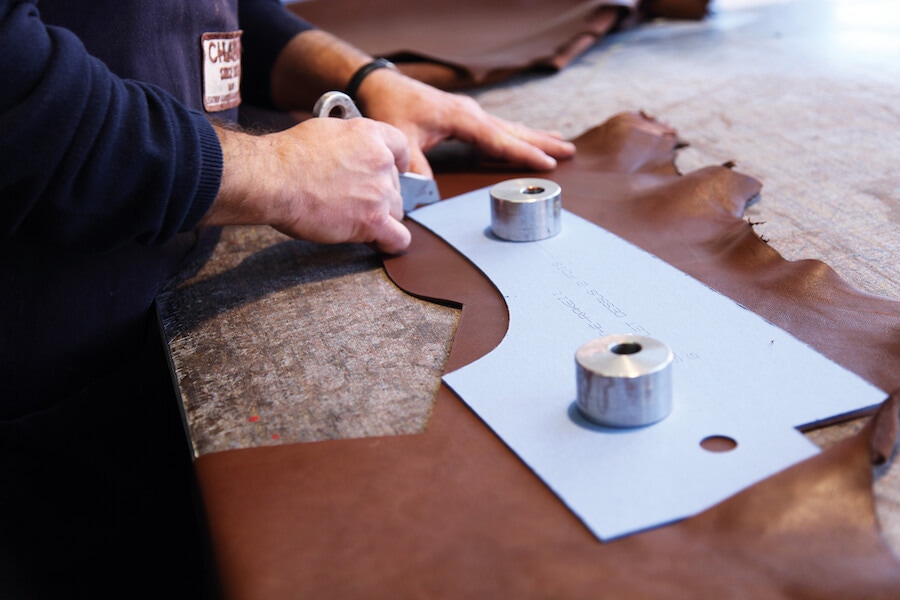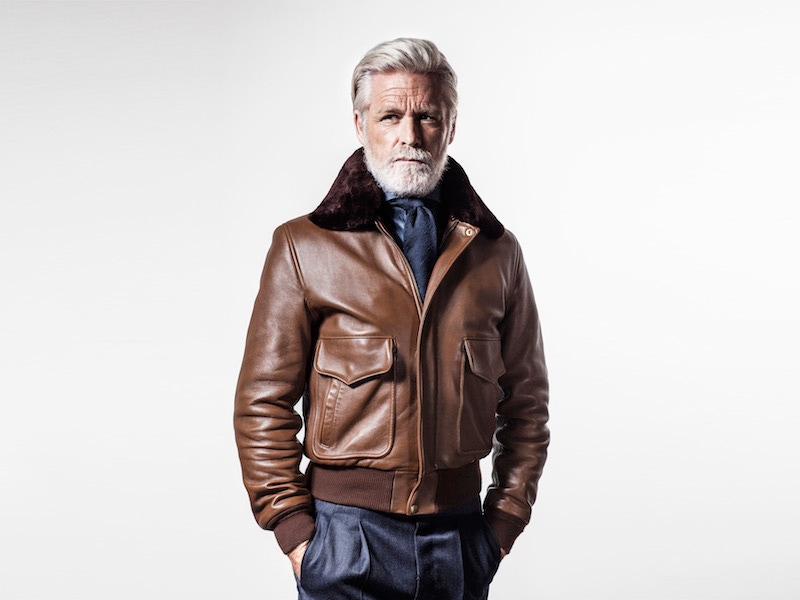Fight The Good Fight: Chapal for The Rake USAAF Jacket

There are certain leather jackets that are inextricably linked with certain values. For example, the J-24 Buco/Schott Perfecto double-breasted motorcycle jacket conjures up images of a sneering Marlon Brando slouched against his Triumph motorcycle in The Wild One, and, as such, perfectly characterises the word ‘rebellion’. The A-2 aviator jacket, issued by the United States Air Force to officers since 1931, has been donned by such an incredible litany of real-life and screen heroes, from General Douglas MacArthur to Steve McQueen, that it will forever be associated with acts of immeasurable heroism. Who can forget McQueen in his A-2 made by American brand Rough Wear in The Great Escape, his jacket draped insouciantly like a flag of defiance against his German prison camp oppressors?
Throughout my life I’ve owned dozens of A-2 and G-1 (the Navy version with the fur collar, as seen in Top Gun) jackets, numerous vintage jackets, and several modern ones — and each time I’ve worn them I’ve felt connected to their rich and heroic history.
The A-2, or military specification number 94-3040, was the first modern aviator jacket. It was adopted as standard issue in May 1931 to replace the less practical knit-collar, button-front A-1 jacket. Because the jackets were sourced from several different suppliers, such as Werber and Aero Leathers, and even civilian suppliers like McGregor and Rough Wear, they could differ subtly in style, but they all had the following details in common: two snap-down pockets, initially without sidewarmer pockets, which were considered too ‘civilian’ for military use; epaulets for displaying rank; a snap-down collar, which could also be turned up against the cold; knit collars; and cuffs.
Early A-2s had wonderfully soft-spun silk linings, though these were later replaced by harder-wearing, heavyweight cotton drill. They were blouson cut, where the body tended to billow out and was gathered together at a snug knit waist. The entire back panel was crafted from a single piece of leather, as it was found that a centre seam would abrade pilots stuck in cockpit seats for long durations. On each side of the back was a deep pleat with an additional fold of leather to allow for maximum mobility.



Importantly, the front of the jackets featured zippers, which sealed the body more reliably from the cold. Jackets were initially made of horsehide, though it was later found that goatskin made for a more supple jacket. They rapidly became the centrepiece of the American pilot’s uniform, usually displaying patches of his squadron. During the second world war, pilots and crew emblazoned the back of their jackets with hand-painted reproductions of the nose art from their planes. Often, maps were sewn into the linings of jackets, in the event the pilot had to bail out over, and find his way out of, enemy territory.
The fur-collared G-1 was created from the basic blueprint of the A-2 and remains current-issue equipment for flying status crew in the U.S. Navy, Marine Corps or Coast Guard.
Yet despite the many jackets in my life, I had yet to find the ultimate expression of the pilot’s jacket, one that retained the traditional iconography while transporting these military roots to an elevated state of incredible hand-craftsmanship. That was until I set eyes on a Chapal USAAF jacket worn by my friend François Pourcher, the Communications Director for the legendary French shoe brand Corthay, and a man who, it would turn out, had a deep friendship with the current owner of Chapal, an extraordinary man named Jean-François Bardinon.
But what is Chapal, you ask? It is one of the most mythical and famous brands that also owns all of its tanneries. Founded in 1832 during the pioneering era of aviation, it soon became the supplier of jackets for auto racers, adventurers and pilots alike. Most notably, Chapal crafted jackets for the French airforce in the first world war and was one of the greatest technical pioneers in treating leather to elevate its performance. In 1920 Chapal invented a method of waterproofing shearling, and as a result became the supplier to the U.S. Air Force. Chapal was at one point such a vast operation that it owned its own factory in Brooklyn from 1880 to 1970...
Subscribe here to read the full article in Issue 50 of The Rake.




